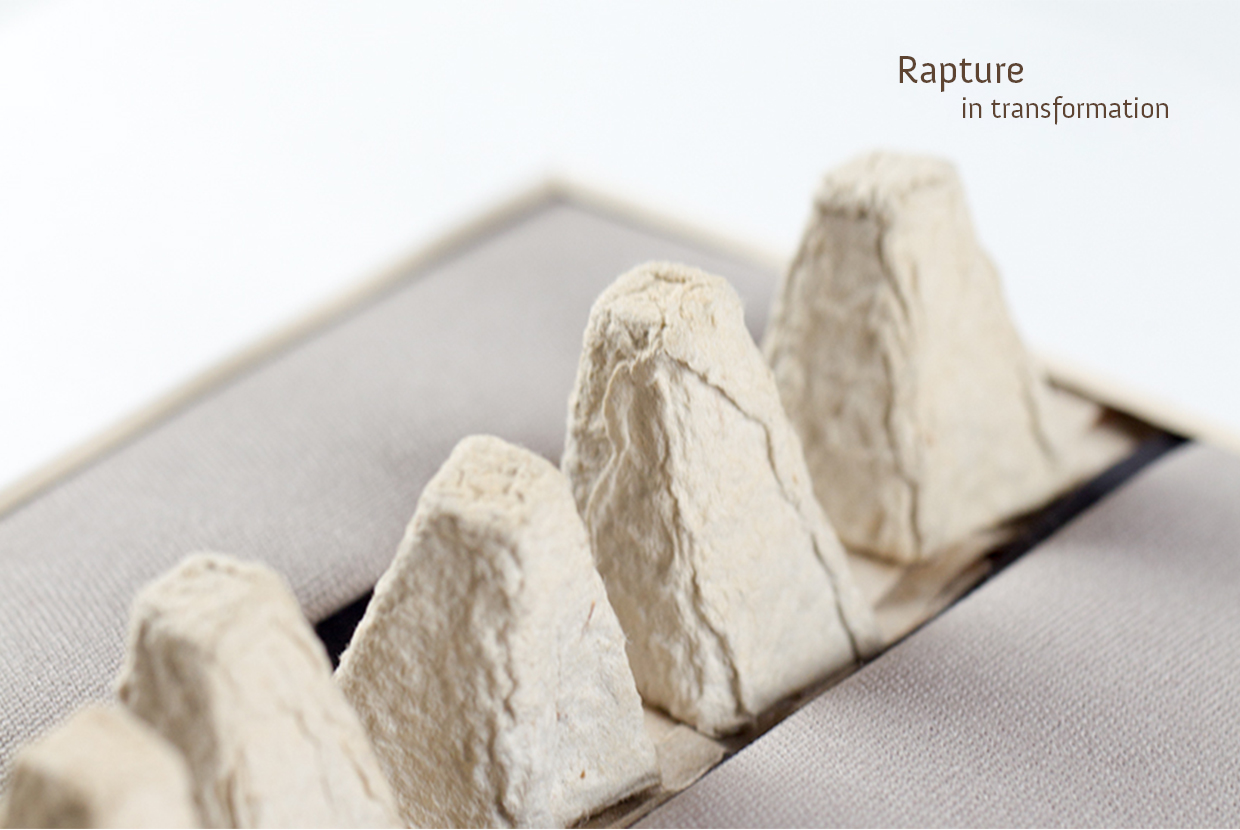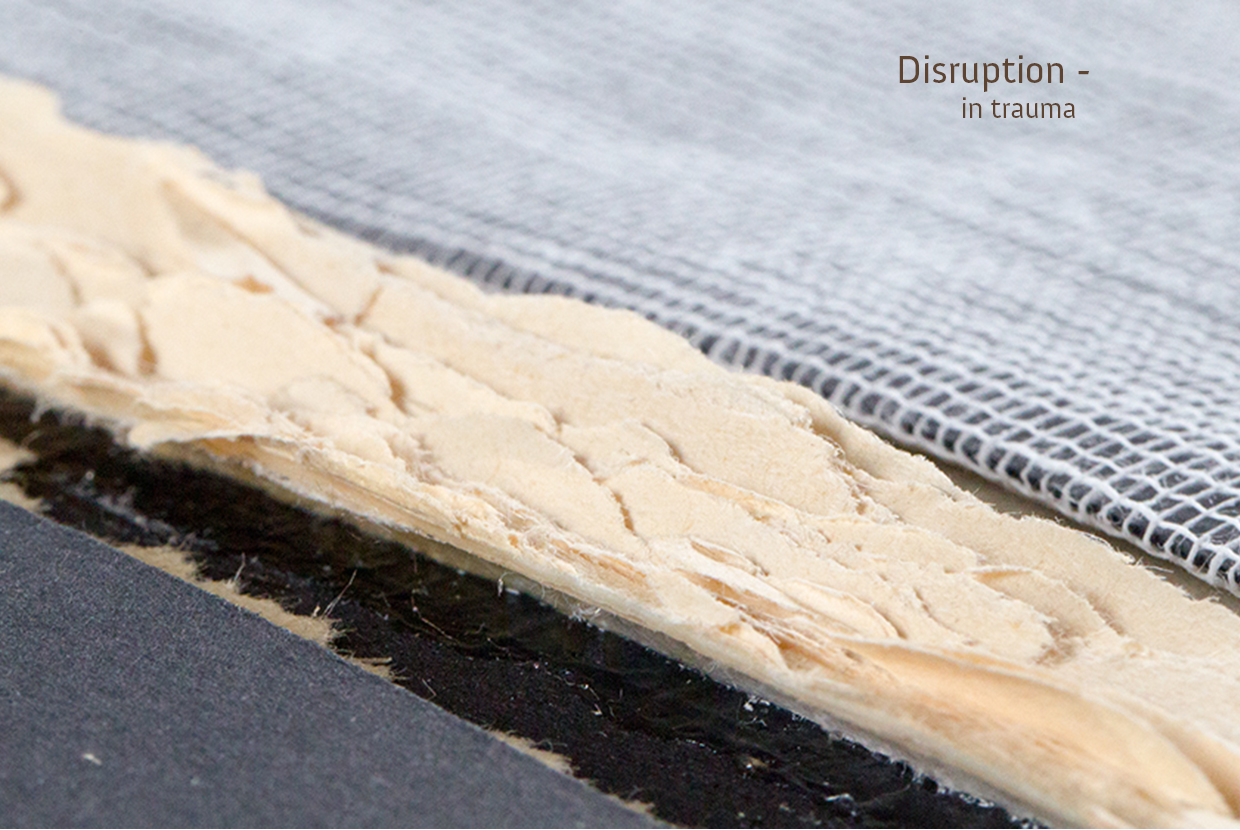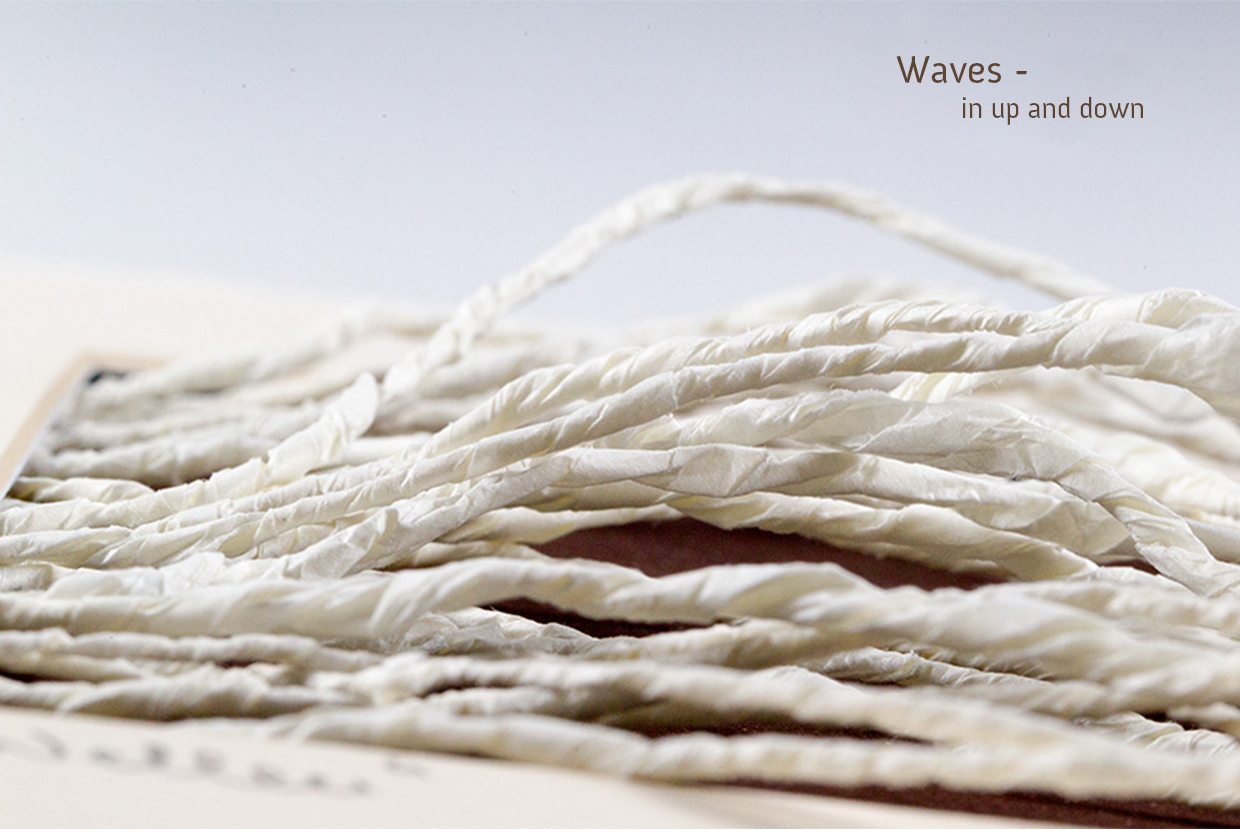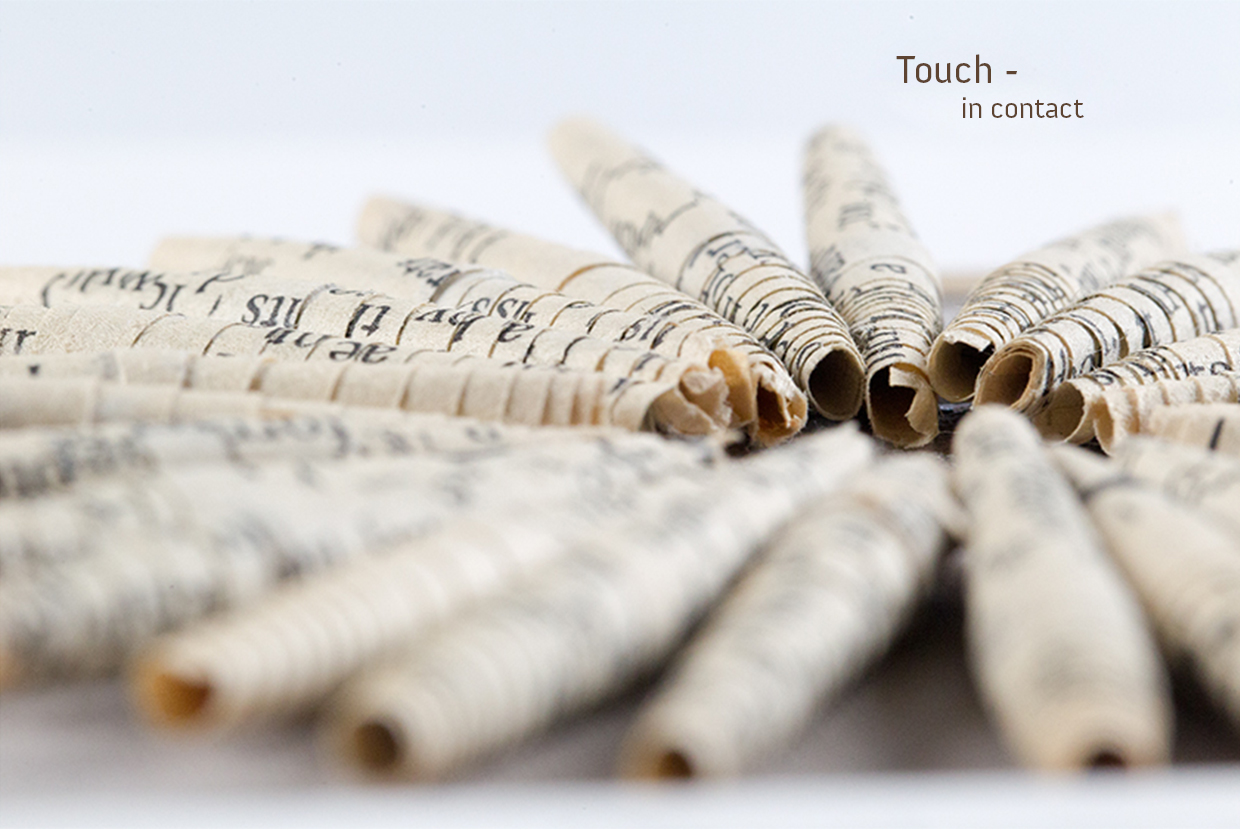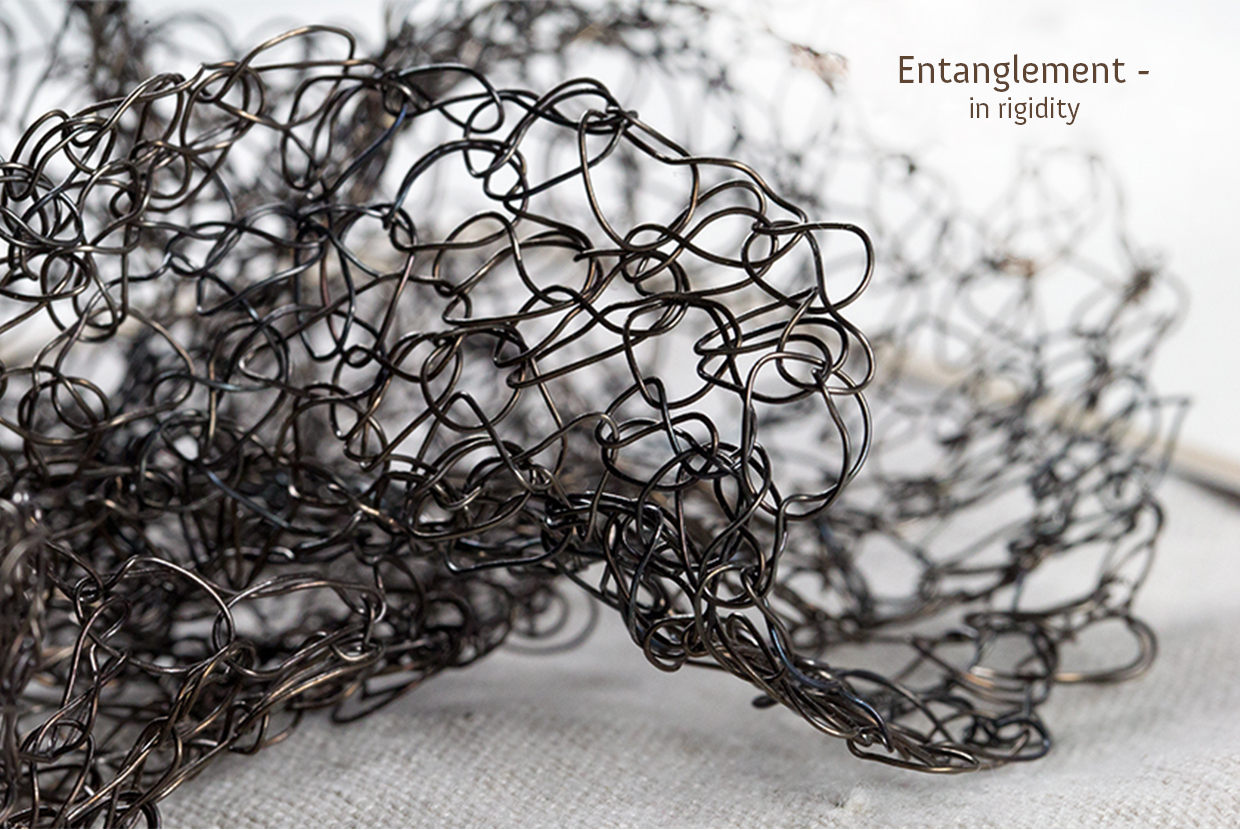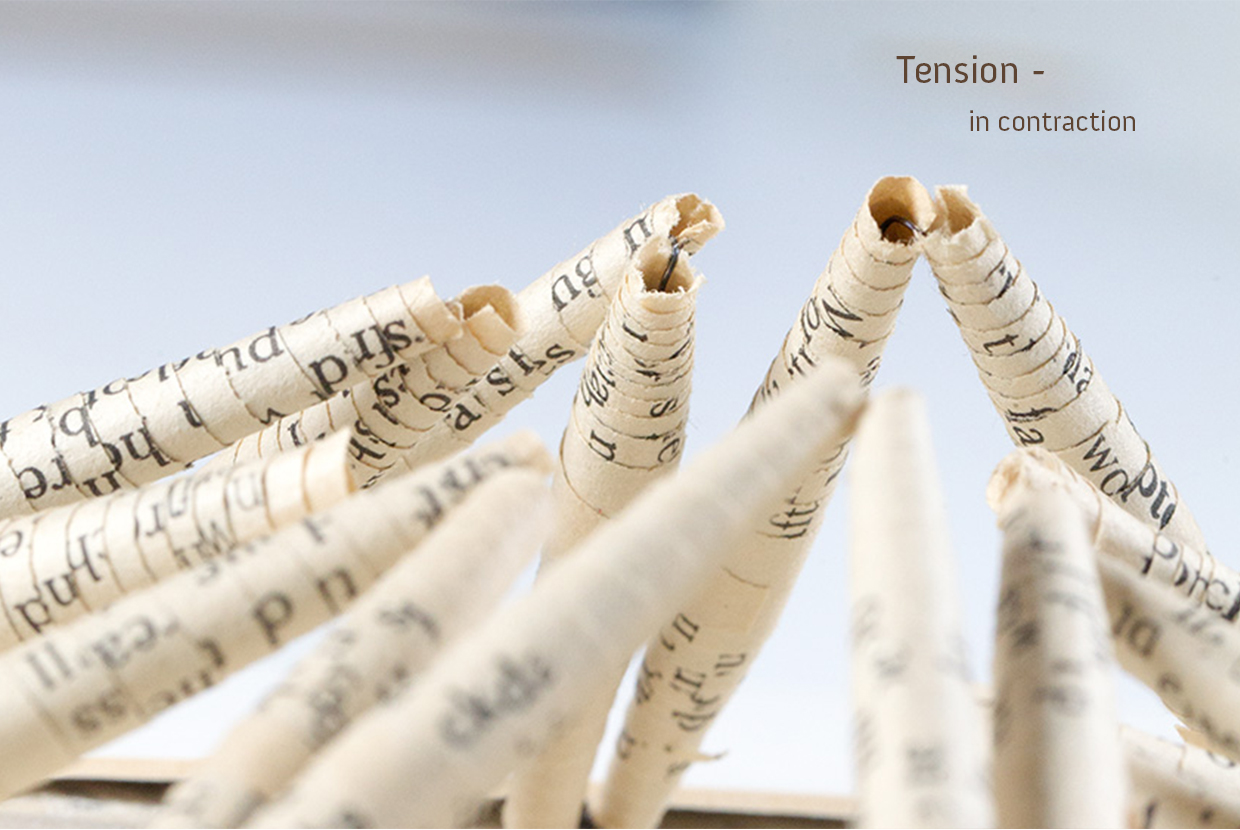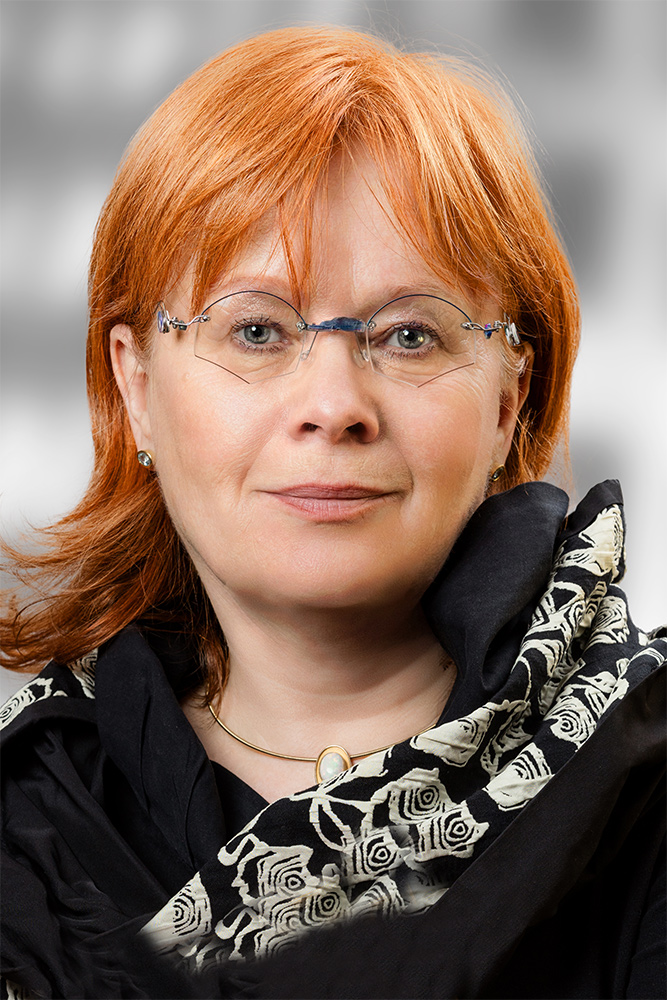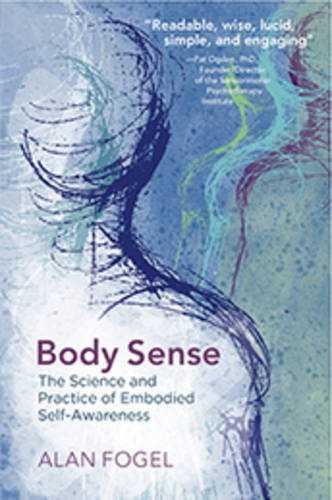© Helmi Boese | last update: Wednesday, 25.03.2020
Effectiveness
Rosen Method differs from other somatic therapies through its inherent connective work -
so that primary conditions for human growth and presence are nurtured:
- with listening-holding touch
- on the breath - diaphragm
- and evocative language
Its respectful and most comprehensive touch reaches the deepest in the emotional body. Thereby, deep feelings, emotions and movements are released. Respiratory movements in relation to muscle tension are followed and held with both hands while touching the skin, even covered with a linen. The whole body image will be gathered in the process. Non-judgmental evocative language reaches into embodied self-awareness. However, often no words will be spoken or can not be found. Especially, if the embodied experience goes back prior to the acquisition of speech or experiences of disrupted attachment (trauma). Touch and breath will reestablish the connection.
Body Image
The body image in its posture is formed by one's own experiences in safety, threat, or danger (see: Trauma & Attachment). Acute or chronic muscle tension holds back the possibility for more breath. A chronic contracted muscle operates permanently and is not available for the natural course of movement. Then, causing body spaces to narrow and contract, resulting in poor organ blood circulation with future damaging consequences. This can also lead to the emotional conditions of being trapped in depression, fear, panic or other disorders.
Touch
Rosen Method's deep reaching touch is not manipulative and not demanding. The hands are listening to what moves underneath, how it feels for the patient and the therapist. One hand may be still, whilst the other hand may move. The touch is received by small sensory receptor bodies in the skin of the therapist and the patient; resonance evolves and the information is forwarded to the autonomous nervous system to balance it.
"... Touch, as both word and act, has long evolutionary antedecents. Over our distant past expressive feelings have been embedded in language. Many words are freighted with emotional meaning and convey information about the interpersonal. When we exhaust the power of words, we extend them with touch. The significance of touch is captured in our vocabulary. How touching! Keep in touch. Touch wood. Touched a chord. Lost touch. Out of touch. Empathy is ultimately a connection with the other, affirmed through touch ..." 4
Bernard Lown - Cardiologist, Inventor of Cardioversion and Intensive Care; Noble Prize Winner with IPPNW, 1985 - 4 bernardlown.wordpress.com/2010/11/14/the-lost-touch/
Breath / Diaphragm
Rosen Method Bodywork has an effect on the diaphragm (chart). Thus, bringing about natural breath movements (Greek, breath = psyché). The large central breathing muscle of the body appears like a dome shaped parachute and moves the ribcage, lungs - the heart sitting on it - and massages all the abdominal organs. It also reaches muscles connecting to the pelvis. The diaphragm is located at the central anatomical interface or hub to the emotions: Breathing connects with embodied self-awareness, helping to make it accessible and open up.
See: Why and How?
Words
Meaningful evocative words, spoken from the therapist's or patient's embodied self-awareness, mirror the body image expressions and connect with perceptions or memories in the subjective emotional present or moment. Mirror neurons explain the complex interaction of resonance between therapist and patient. Spontaneously, voluntary-exerted breath can change to involuntary-natural rhythm. Not always words can be found for what is experienced. What is critical is the ability to feel and let emotion move through.
History
Marion Rosenfeld, later Rosen (1914-2012) was born in Nuremberg, Germany. In the 1930s she learned two years in Munich with Gustav and Lucy Heyer in their study group. He was psychiatrist, student and colleague of Carl Jung; she worked in the field of breath therapy and touch. The Heyers recognized the great effectiveness of the use of talk, breath and touch as integrated complementary practice. Lucy Heyer considered Marion her most talented student! In 1938, Marion left Germany where she had no future. With a reference letter from Lucy Heyer to Gertrud Lederer for Karen Horney, the well-known psychoanalyst in New York, she escaped to Sweden. There she waited for her US visa for the next four years. In the meantime, she trained as physiotherapist and studied dancers movements. Marion Rosen's exceptional talent for observation, her experiences as physiotherapist with the integration of her studies in Germany, later formed the foundation of the development of Rosen Method Bodywork and Movement in California. Then and now, complementary use of touch, breath treatment and evocative language clearly shortens therapy. The book Body Sense explains why!
Brain - Nervous Systems
Touch, skin, muscle system, sensation, perception, feeling, breathing, emotion, movement, diaphragm cooperate in the interplay of the voluntary-controlled and spontaneous involuntary-uncontrolled autonomous nervous systems. The peripheral (outside of the brain & spinal cord), enteric (intestines), cardiac (heart) and central nervous system (brain) form their own internal dynamic rhythm. Individual attachment, trauma- or detachment experiences create their own complex networks in the nervous- and hormonal systems. They either keep the fabric together, separate, or relieve it.
Self-Awareness
Rosen Method opens the path into embodied self-awareness:
" ... our awareness of ourselves can take only two forms: embodied or conceptual.
Embodied self-awareness is felt experience in the present moment with sensations such as warm, tingly, soft, nauseated, dizzy; emotions such as happy, sad, threatened ... Conceptual self-awareness is composed of thought patterns, evaluations and judgments about the Self ..." (see: Rosen Method bodywork: Practice and Science, p.3, Alan Fogel, Journal Somatics, 2011)
Self-Regulation
Rosen Method fosters the healing process of the nervous- and muscle-fascia systems. Body responses like twitching, yawning or Psychoperistaltik (abdominal sounds) play an important role in this. They accompany transitions into self-regulation, indicating the progression into healing. Inward looking mindfulness guides one to readjust natural breath movements, resulting in changed brain wave patterns in a trance-like state: From beta- to alpha- and theta waves - followed by enhanced memory and learning capacity.



